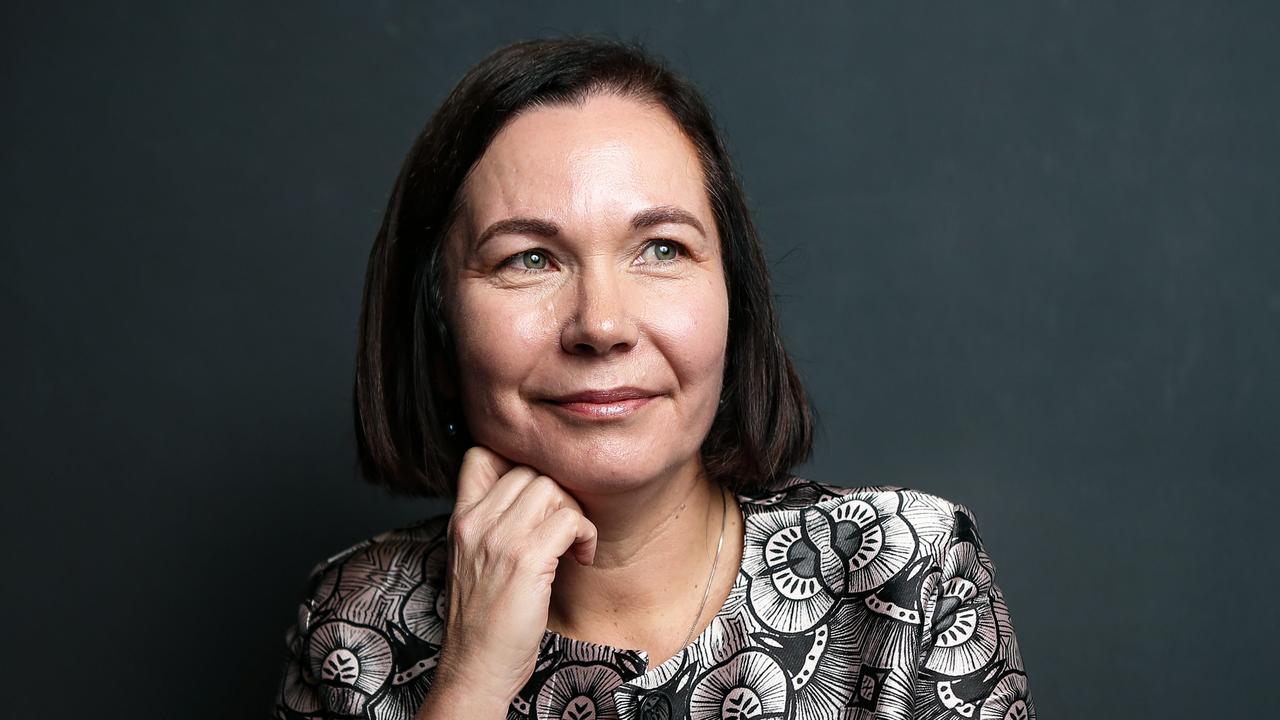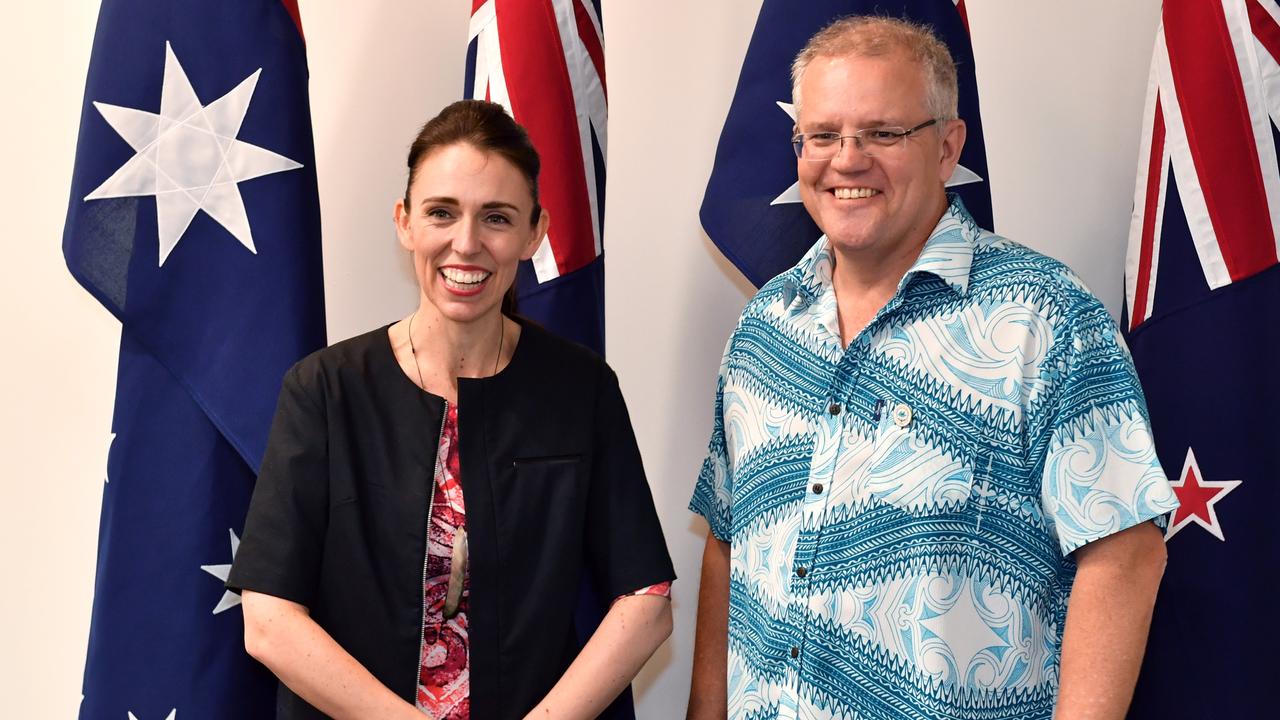Peter Costello was right to highlight the gross inefficiency of our superannuation system last week in a speech he delivered in Melbourne. It was timely in a week when US economist Richard Thaler, who highlighted the folly of forcing people to choose privately managed retirement plans, was awarded the Nobel Prize for Economics.
Here’s a fun fact: a family in Australia with a combined superannuation balance of $300,000 is paying more in fund management fees than it is on electricity — even after the latest 20 per cent price jump in power prices.
You might expect electricity to be expensive: fossil fuels need to be extracted and refined, sent to costly generators and then pumped around vast distribution networks. And that’s before the cost of administering customers’ accounts.
But super? There’s no production of anything; other people and businesses are doing the hard work. Super is the allocation of savings; it’s the management of dots on a computer screen, of which advances in computing power should have slashed the cost.
We hear a lot about the importance of low-cost energy; we’d also be better off with low-cost finance.
The family in question would be, unwittingly almost to a tee, paying between $2400 and $4770 a year to have their retirement balance managed, according to Rice Warner’s latest superannuation fee survey. The average fee across the $489 billion in industry funds was 0.8 per cent last year, compared with 1.59 per cent for the $371bn in retail and corporate plans.
Sudden increases in electricity prices have rightly provoked outrage, given part of the rise stems from a fetish for solar and wind power on a huge scale alongside batteries that aren’t up to the task. Yet a much bigger share of the much bigger costs of superannuation — money that could be spent on other goods and services — arises from misguided policies too.
I’m no engineer, but I’m willing to bet electricity, even if it were supplied by the most efficient, well-meaning businesses in history, couldn’t be provided for a 20th its present cost. Yet my own superannuation choice, HostPlus’s Indexed Balanced fund, has an annual cost of less than 0.05 per cent, about a 20th of the 1.03 per cent average across the entire $2.3 trillion invested in super. It has returned more than 9 per cent a year on average for the past five years, which is well above average.
Remarkably, only $45m is invested in this option.
“Choice” has been a miserable failure in superannuation, as Thaler (and common sense) would have predicted. About two-thirds of superannuation fund members stick with the default fund they are initially allocated; fewer than 5 per cent of members actively switch funds, according to the Productivity Commission.
“If the underlying task is difficult and unfamiliar, and if people do not get prompt feedback when they err, then it is legitimate, even good, to nudge a bit,” wrote Thaler. This is especially true if the underlying task is forced. No one asked for 9.5 per cent of their wages and salaries to be siphoned off into abstract, untouchable accounts where fees are taken out of future rather than the current, salient income.
“Nudging” has been called “libertarian paternalism”, where the state leaves people choice if they want it but otherwise entices them into choices it deems to be in their best interest.
As Costello urged, it would be nice if the government kindly “showed some interest” in ensuring people’s savings were managed “in a cost-efficient way”. If nudging is justified anywhere, it is in super, where ordinary people are making decisions that have significant consequences not only for their own retirement but their likelihood of needing state support. This isn’t buying a restaurant or furniture or even a car, where the average person has a much better idea of what they are doing and getting.
Dipping into Thaler’s book, one has to smile that he berates Sweden, not Australia, for the design of its privately managed saving system. What emerged there, he laments, is “456!” fund options charging average fees of 0.71 per cent alongside a government-administered default fund with fees of 0.17 per cent.
Memo to Professor Thaler: Downunder we have about 44,000 fund options, no default fund at all, coupled with utter confusion about fees. No wonder we have the most unnecessarily expensive super in the world.
Swedish advertisers for private funds, Thaler pointed out, were using Harrison Ford to encourage savers to opt out of the default government fund, which had consistently beaten the average of the private options. “In this nightmare, ads almost never mention fees, but they do talk a lot about past performance, even though there is essentially no evidence past performance predicts future performance,” he writes. “Advertisers are encouraging savers to think big, not settle for average by indexing, and to think of investing as a way to get rich.”
Countless studies (and logic) show paying for fund managers to “beat the market” by a sum greater than their own salaries and bonuses over a long period of time is a waste of time and money.
The lowest hanging fruit in Australia’s reform agenda should be directing the superannuation contributions of those who don’t choose into one or a small handful of default funds with fees capped by legislation. The arrangement now is an unconscionable and highly inefficient subsidy to one part of the economy. Naturally, savers should always be free to choose; it’s their money.
“A bigger pool with economies of scale and access to the best managers would likely drive down costs and drive up returns — it would be in the interests of all, except of course the fund managers,” Costello said.
Ideally, superannuation fees and charges would be made salient: every quarter members would receive a bill and pay them out of their disposable income, as they do for electricity. Let’s see how long $4770 a year super fees last then.
If dollars and cents are your top criterion for ranking reforms, then no area is more pressing. More than $25bn every three months flows into super accounts.
It won’t be easy though. Any politician who attempted to turn the tap off even a little on $23bn a year in fees could expect a symphony of sophistry. As politicians know, there’s nothing like other people’s money for a good time.




To join the conversation, please log in. Don't have an account? Register
Join the conversation, you are commenting as Logout